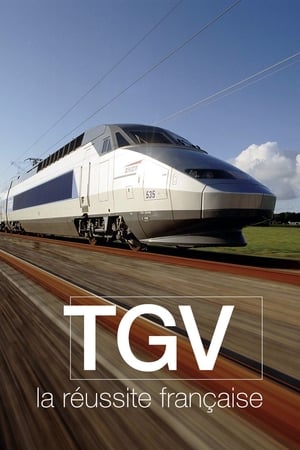
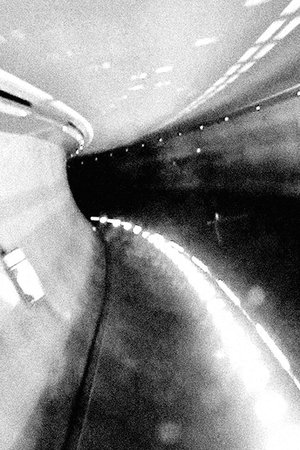
Der Fährmann(2017)
Der Fährmann places us as passengers on an eerie railroad trip around Europe, from the darkness of night until dawn. A feeling of ethereality pervades the film, accentuated by the dense granularity and high contrast of celluloid.
Movie: Der Fährmann

Der Fährmann
HomePage
Overview
Der Fährmann places us as passengers on an eerie railroad trip around Europe, from the darkness of night until dawn. A feeling of ethereality pervades the film, accentuated by the dense granularity and high contrast of celluloid.
Release Date
2017-01-01
Average
0
Rating:
0.0 startsTagline
Genres
Languages:
No LanguageKeywords
Similar Movies
 6.0
6.0Elizabethan Express(en)
Originally intended as an advertising short, this film follows The Elizabethan, a non-stop British Railways service from London to Edinburgh along the East Coast Main Line. A nostalgic record of the halcyon years of steam on British Railways and the ex-LNER Class A4.
 7.0
7.0Vi som planerar tågtrafiken(sv)
First Thursday of each month, the members of Stockholm's model railroad club meet and run their beloved trains on a schedule. The trains pass towns such as Bångfors and Farsarvet. Sometimes, a delay occurs, which then spreads throughout the network.
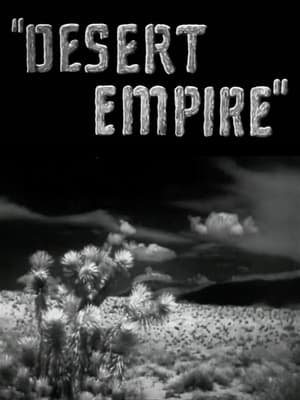 0.0
0.0Desert Empire(en)
A travelogue, this film provides a guided tour of pre-World War II Utah and of course does not pretend to cinematic greatness. Recommended viewing for those in search of introductory Utah history. Also valuable for persons seeking insight into the state as it would have looked during this time period. Especially informative for those desiring a window into the past for a view of how Utah was in the days of their pre-World War II progenitors living in the state. Those whose Utah ancestors were involved in mining, railroading, sugar beets, and other featured industries; featured towns, sights, recreational attractions, and industries may find this otherwise banal travelogue a quite valuable addition to their family history.
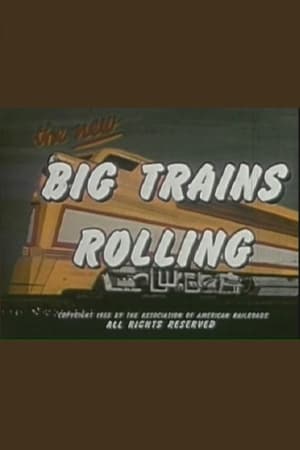 0.0
0.0Big Trains Rolling(en)
A production of the association of American Railroads outlining the wonders of America's rail system.
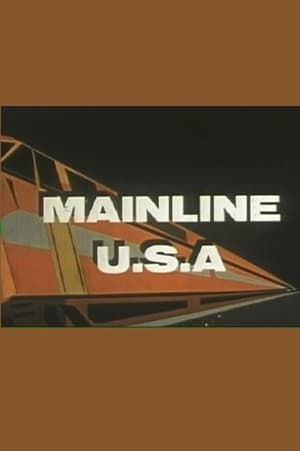 0.0
0.0Mainline U.S.A.(en)
A documentary on the railroads of America produced by the Association of American Railroads
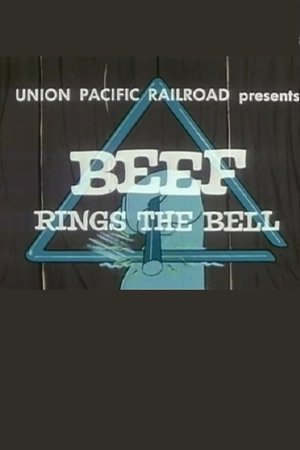 0.0
0.0Beef Rings the Bell(en)
The sory of the railroad's roll in getting beef to your local market
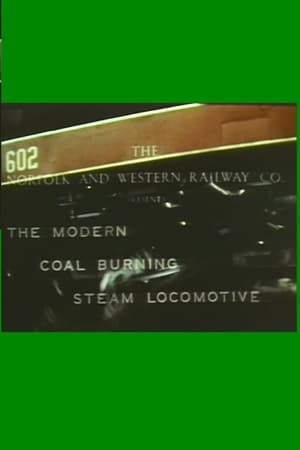 0.0
0.0The Modern Coal Burning Steam Locomotive(en)
Documentary on the evolution and introduction of modern coal burning locomotives on the Norfolk and Western Railway line.
 0.0
0.0OVERHEIGHT MUST TURN(en)
For the past ten years, Jürgen Henn has filmed over-height trucks crashing into the 11foot8 train bridge affectionately nicknamed the "Can Opener." In that time, millions have viewed the crashes online. Regional, national, and international news organizations have dined out on the story and the goofy crash reels. But why do motorists continue to crash despite the many warnings, sensors, and signs? And what is it about these crashes that holds our attention? In this piece, we look for the humanity in human error.
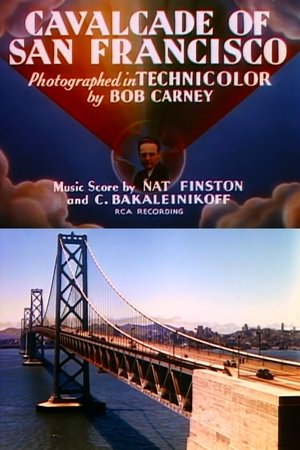 5.3
5.3Cavalcade of San Francisco(en)
This Traveltalk series short celebrates San Francisco, past and present.
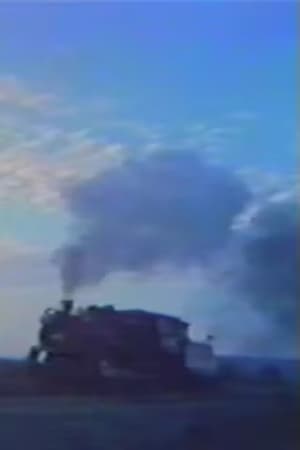 0.0
0.0Empty Harbours, Empty Dreams(en)
The film explores how the three British colonies of New Brunswick, Nova Scotia and Prince Edward Island became provinces of Canada and charts the subsequent decline of their economies after Confederation. Photographs, archival drawings, cartoons and interviews with Maritime historians are used to document the case.
Stamp of Character(en)
Discover the "character" of one of Missouri's oldest tie and lumber operations through this archival black-and-white film that documents one of the last railroad tie drives on the Black River made by the T.J. Moss Tie Company of St. Louis in the 1920s. Thanks to release of the film by the Kerr-McGee Chemical Corporation, the rare footage in "Stamp of Character" takes us through the entire process of making railroad ties, at a time when forests covered almost two-thirds of the state. The original silent motion picture was shown in movie theaters as an advertisement by the T.J. Moss Tie Company. Using digitally edited narration and realistic sound effects, this video makes the past live again.
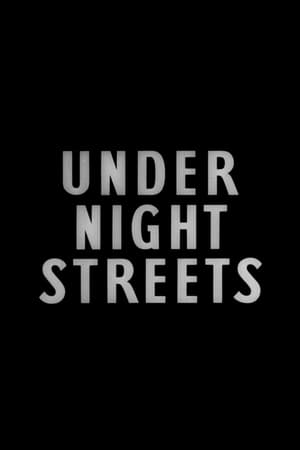 0.0
0.0Under Night Streets(en)
After the last train at night and before the first in the morning, 800 people are hard at work behind the scenes making London's Underground fit to travel on. Including brushing dust from ventilation ducts, ‘fluffers’ cleaning up rubbish, routine rail replacement and fixing a broken rail discovered at 3.30am.
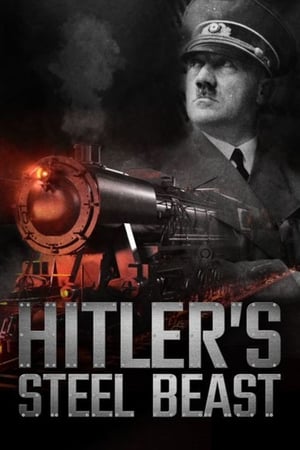 6.2
6.2Hitler's Steel Beast(fr)
Trace the history of Hitler's armored private train, a 15-car mobile headquarters boasting state-of-the-art communications and anti-aircraft cannons.
The Transcontinental Railroad(en)
Documentary filmmakers offer a fascinating look at one of the most spectacular engineering feats of the 19th Century as the story of the Transcontinental Railroad comes to life in a film that's sure to appeal to historians and railroad enthusiasts alike. As legions of tireless workers toiled for six years to realize the vision of shady entrepreneurs and imaginative engineers, the remarkable railway dream slowly became a reality. But not everyone was so pleased with the remarkable achievement. Despite the devastating effect that the tremendous transportation breakthrough would have on the Native American population, the lasting impact of the Transcontinental Railroad on the politics and culture of a rapidly expanding country would forever mark it as an invaluable component of the American success story.
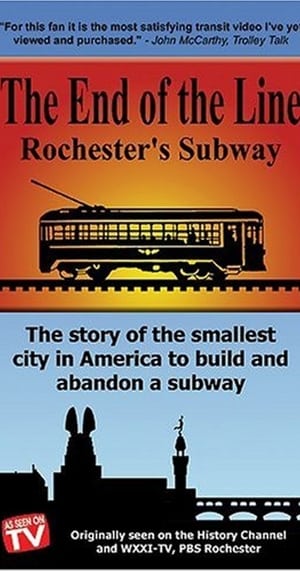 10.0
10.0The End Of The Line: Rochester's Subway(en)
"The End of the Line - Rochester's Subway" tells the little-known story of the rail line that operated in a former section of the Erie Canal from 1927 until its abandonment in 1956. Produced in 1994 by filmmakers Fredrick Armstrong and James P. Harte, the forty-five minute documentary recounts the tale of an American city's bumpy ride through the Twentieth Century, from the perspective of a little engine that could, but didn't. The film has since been rereleased (2005) and now contains the main feature with special portions that were added as part of the rereleased version. These include a look at the only surviving subway car from the lines and a Phantom tun through the tunnels in their abandoned state, among others, for a total of 90 minutes of unique and well preserved historical information.
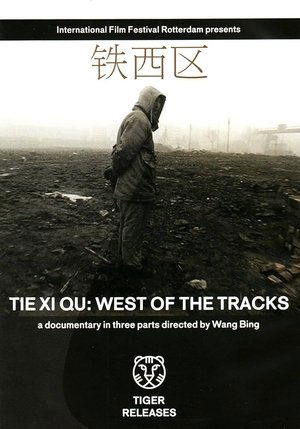 7.7
7.7Tie Xi Qu: West of the Tracks(zh)
A detailed look at the gradual decline of Shenyang’s industrial Tiexi district, an area that was once a vibrant example of China’s socialist economy. But industry is changing, and the factories of Tiexi are closing. Director Wang Bing introduces us to some of the workers affected by the closures, and to their families.
 0.0
0.0Learning to Steam(en)
Arfon spent a week on the Great Central Railway finding out everything a trainee footplate member needs to know. Starting at the bottom, just as a real trainee would have done on BR, Arfon first becomes a cleaner then gradually progresses up the ladder with ex-Fireman Ray Martin teaching him the art of firing. Ex-BR Driver Bill Gwilt then takes over to explain how to oil and prepare the loco followed by how to drive. Arfon then takes the controls of Clun Castle in charge of a seven coach “express” running from Loughborough Central to Rothley. If you have ever wondered how a steam engine works or how they are maintained or driven, this best selling video is for you.
The Pied Piper of Hützovina(en)
In the summer of 2004, on a car journey in Eastern Europe, Pavla Fleischer met and fell in love with Eugene Hutz, lead singer of New York's Gypsy Punk band Gogol Bordello. Captivated by his energy and his musical verve, and desperate to get to know him better, she decided to make a film about him. The Pied Piper of Hutzovina follows Eugene and Pavla on their subsequent road trip through Eugene's home country, Ukraine. It is the story of two people traveling together on two very different courses. Her aim is to rediscover a forgotten romance; his is to rediscover his roots. She hopes to find love on the road; he hopes to find musical inspiration from the gypsy culture he is determined to preserve. This is an intimate portrait of a filmmaker with a passion for her subject, and a punk musician with a longing to revisit his past. Theirs is a journey which tests their relationship and challenges their perceptions of the music they both love
